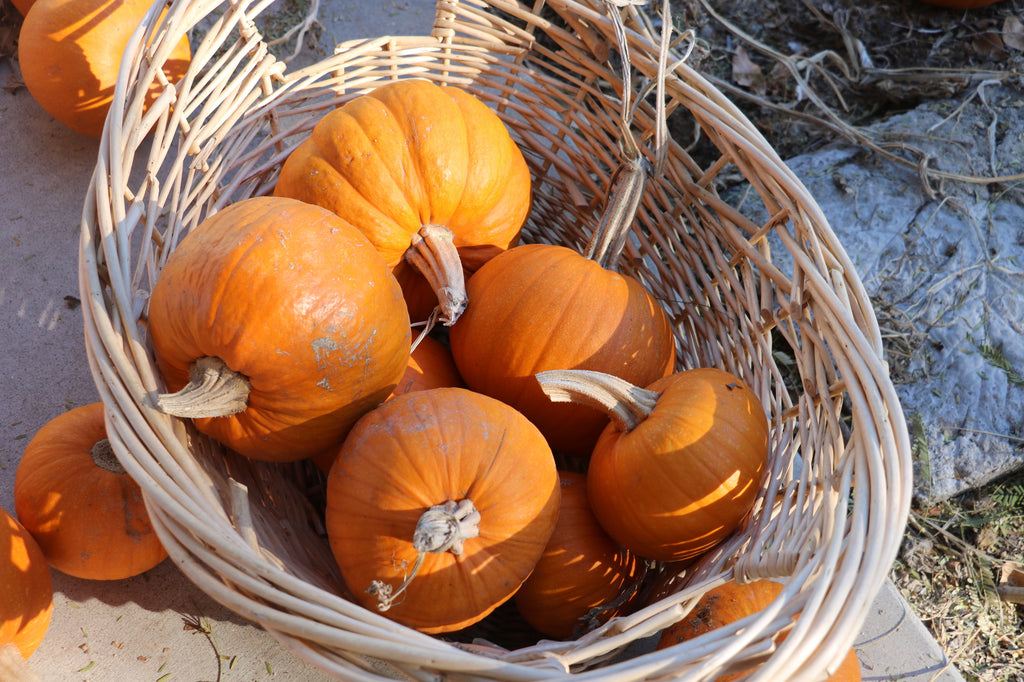By Laura Neff, Education Assistant
Spring, summer, and fall, Native Seeds/SEARCH awards up to 30 packets of seed to programs and community projects that focus on education, food security, and community development through our Community Seed Grant (CSG) Program. These projects range from gardens, to seed libraries, or as we will be highlighting in this post, creating a thriving school garden that nourishes an entire elementary school community. What the grant requires in return, are updates on the specified projects that include their use of the produce and a promise that there are efforts to save seed to allow for future self-sustainability.
Why are school gardens important?
Out of the 170 CSGs sent out in 2018, 71 helped to build and maintain school gardens within the Southwestern US and Northern Mexico. According to the Collective School Garden Network, there are four pillars of school gardens. The first is Environmental Stewardship. In school gardens, students learn firsthand how to become responsible caretakers of their environment as well as learning about the many connections required to sustain life. Secondly, students learn Community and Social Development or how to take responsibility for their environment and their communities. Through school gardens, food deserts – parts of the nation with low access to good-quality fresh food, can become communities able to share fresh produce that came from the hard work of students and school staff alike. The third pillar is A Healthy Lifestyle. Garden programs in schools work to promote not only healthy eating habits, but also good exercise habits by bringing youth outside after a long day indoors and sitting while giving them a structured objective. The last but absolutely not least is Academic Achievement. Teachers are always under stress and surveillance to keep students grades and test scores up, as well as finding new (and school board approved) ways to engage students. With the use of seeds from Native Seeds/SEARCH and the CSG program, teachers are able to connect students in a new way to subjects ranging from science to history. “Concepts that seem abstract in the classroom come alive in a garden setting.”
Full view of one of the many garden beds at Ochoa Community School.
Meet The School
Ochoa Community School, in South Tucson, Arizona, welcomed NS/S to tour their garden and talk about future connections that can be made with the school and Native Seeds/SEARCH. We first talked about the current plans for the garden in the upcoming season with ecology teacher and garden instructor, Adriana Provenzano. Known as Ms. Addie by seemingly every student, Adriana has been working hard with students with help from interns from the UA School Gardens program for just 9 hours per week with students. She explained that not only did they successfully save seeds from garlic, cilantro, and marigolds, but also that the produce was split as evenly as possible among the students to take home and enjoy. “We want to feed kids. That is important.” Right now, the goal for the near future is to transition all sunken beds to perennial, pollinator gardens and to involve students in 1 hour per week workshops.

Future site of perennial pollinator garden.
Learning Opportunities
In all growing experiences, there are challenges that require smart solutions. One of those challenges that the school garden program faces is working to incorporate the garden space into a working classroom for when the weather permits it. Another challenge is that the garden has grown exponentially. While this means more room to grow, it also means more hands are needed to maintain the garden. Thus, Addie is working to get more teachers, parents, community members, and organizations involved to grow the garden that will feed the community in which this school is part of.
Pumpkins harvested from Ochoa Community School garden.
Future Plans
The future of this garden looks bright. Addie plans to begin growing again in mid March in hopes to have mature plants that need only to be maintained as the school year winds to a close. As of now, they plan to directly seed Glass Gem Popcorn and Melón Méxicano in the garden. They also have Punta Banda tomato seeds starting indoors with grow lights with hopes of getting them out by mid March, once the threat of frost is over. “When I got here, I thought of this as an urban farm,” and that is the thought that Addie and others that work in the garden carry with them as they PLANT, EAT, and SAVE SEED from the literal fruits of their hard work.


